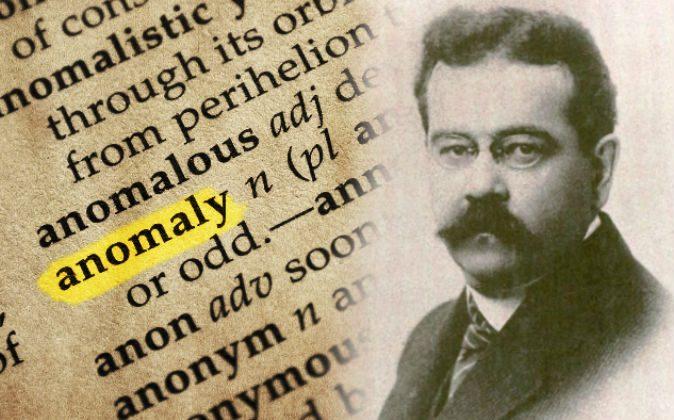Robin Hood is perhaps one of the most iconic English heroes. His ethos of “robbing from the rich and giving to the poor” has endeared him to many, as he is seen as a figure who fought for the downtrodden. Nevertheless, it is unclear whether Robin Hood did actually exist, or whether he was just a fictional character.
If he did exist, then who was he? Various versions of Robin Hood have added to the ambiguity surrounding this famed character. The earliest records of this character are found in traditional ballads, i.e. narratives set to music. These ballads may not be taken as historical evidence for the existence of Robin Hood, and were probably not written at the time when Robin Hood was first alluded to. The stories of Robin Hood can thus be said to have been initially transmitted orally and could have been told by the “common folk.”

Some have argued that Robin Hood may have been a mythological character, and that the stories about him are filled with symbolic meaning. For instance, some have claimed that the traditional color of Robin Hood’s outfit, Lincoln green, was meant to represent the traditional color of fairies. The color green may also be associated with spring, which is featured prominently in the ballads, hence symbolically connecting Robin Hood with life and growth.
Another argument is that Robin Hood was a medieval trickster character. For instance, Robin Hood has been associated with the Teutonic elf Hodekin, Woden (the Germanic form of Odin), and the hobgoblin known as Robin Goodfellow, known also as Puck. All three figures are supernatural characters, and it has been argued that Robin Hood should also be seen as one of them.
Despite these theories, others have claimed that Robin Hood was indeed a real historical figure. The early ballads linked Robin Hood with identifiable real places, such as Sherwood Forest in Nottinghamshire.
Robin Hood is a rather common name in medieval England. Robert was a very common given name, as was its diminutive, Robin, especially during the 13th century. Hood was also a relatively frequent surname, as it referred to either a maker of hoods, or a person who wore a hood. Thus, it is entirely possible that there were several Robin Hoods roaming around medieval England, some of whom may even match the description of the legends.
This scenario of multiple Robin Hoods has led to various claims about who the real Robin Hood was. For instance, one writer claimed that Robin Hood was the Earl of Huntington, and was buried in the grounds of Kirklees Priory in West Yorkshire. This is supported by a grave with an inscription that may indicate this was Robin Hood’s resting place.
Another claim is that Robin Hood was not, as the stories go, from Nottingham, but from York. For instance, instead of Sherwood Forest, Robin Hood is said to have his base in Barnsdale Forest, which is on the border between South and West Yorkshire. This claim can be found in one of the earliest written ballads of Robin Hood, the 15th century “A Gest of Robyn Hode.” Additionally, the ballad mentions a church, thought to be St. Mary Magdalene, Campsall, in Doncaster, South Yorkshire, where Robin Hood married Maid Marian. Moreover, only a few of the early ballads mentions Robin Hood’s arch-nemesis, the Sheriff of Nottingham, and only one early ballad, “Robin Hood and the Monk,” mentions Nottingham.

The earliest known legal records mentioning a person called Robin Hood (Robert Hod), appear in the York Assizes (criminal court documents) in 1226. According to the documentation, Robert Hod had his assets worth 32 shillings and 6 pence, which he owed to St. Peter’s in York, confiscated and he became an outlaw.
Robert Hod of York is the only early Robin Hood known to have been an outlaw. Many believe that he remains one of the strongest candidates to be the real Robin Hood ever found by historians.
Regardless of whether Robin Hood was a fictional character or indeed a real person, his story will continue to fascinate many, and it will be continuously re-interpreted. After all, in the last 100 years alone, the story of Robin Hood has been retold in various forms, in television and film. Thus, numerous versions of Robin Hood now exist, ranging from the nationalistic hero, i.e. a Saxon who fought against the Norman overlords (a concept originating in the 19th century) to an anthropomorphic fox in Disney’s “Robin Hood.” Most recently, Robin Hood has made an appearance (along with robots and a spaceship in the sheriff’s castle) in the sci-fi series, “Doctor Who.” What next for Robin Hood?
Republished with permission. Read the original at Ancient Origins.
*Image of a Robin Hood statue in Nottingham, UK, via Shutterstock


